DIAMOND CP 6
ANTENNA REPAIR
by Rob Stokes ZL1RJS
Diamond CP 6 Vertical Antenna
Please note, Please read my
Disclaimer
and you understand it before
continuing.
My diamond antenna must be about 10 years old now and has been
performing very well. The antenna covers the 6, 10, 15, 20, 40 and 80
meter bands. A great antenna if you are pushed for tight spaces.
Of late I was experiencing some strange behaviour from this antenna and
it seemed it was happening only when it rained. I had a high SWR, which
went up and down then came right again. This has been going on for
months and it seemed every time we had a storm it affected the
performance. We had some very high winds one night and the next morning
I went into the shack and my antenna would not load up on any of the
bands.
Upon further investigation I took out my VNA and did a sweep across the
antenna which revealed something was definitely wrong.
I tilted the antenna over and removed the whole antenna off the mast.
I suspected the first vertical trap from the base was faulty as this
being the trap that is common to all the bands, and logic to me says to
suspect this trap as it was not loading up anymore on any of the bands.
If it had been just one band or a couple of bands, then I would have
looked at another trap.
Diamond CP6 Antenna Instruction Sheet
I have added the instructions sheet if needed. Just click on the link
below to download a copy.
Download Diamond CP6 Instruction pdf file to PC.
Dismantle of the Antenna
If you have installed these antennas before, you will know that the
vertical section is made in 3 parts. I decided to dismantle the whole
antenna to check it all over. You could just remove the top two sections
to get to the first trap, without removing any of the trap radials.
I did not take any photos at this point but now the antenna has been
completely dismantled almost as if it was just unboxed.
I did find that some of the screws were already loose and a couple of
them were almost about to fall out where the antenna joins each section,
so when you come to reassemble check and re-tighten. Seeing this I may
put some electrical tape over the screws to prevent it happening. I will
only use the brand "Nitto" as I recommend this tape. This electrical
tape is the only tape that will not undo and sticks to itself. As with
most other electrical brand tapes they are not as good and will undo
over a short time.
I did actually end up using cable-ties, fitted over the screw heads and
not electrical tape. I will see over time if it has worked. The cable
ties will go brittle over time and may break off, but as this is not
taking any stress, it should not break and be good to stop the screw
head from coming out.
1st Vertical Trap
Upon inspection, all of these traps have been center punched 16 times
for each of the traps. You have no way of opening these traps up unless
you drill each of these punched dots. I first used a 2.5mm drill as I
tried not to create a burr once you drilled a hole as I was a bit
worried by drilling the hole would create a burr and stop the casing to
come off. I then used a 3mm drill and drilled through each of the 2.5mm
holes. This worked out very well. I was also worried by drilling too big
a hole of the 16 punched dots, I would not get a screw to fit. This of
course now made the outer casing almost ready to come off but with a bit
of very careful persuasion it came off.
Inspection
It revealed the trap was definitely broken. I did some homework to
find out if others have had also had the same problem or similar.
Diamond did not think it through when they designed this antenna and the
quality control was certainly lacking, in fact, I would say a very poor
design. I watched a video on YouTube and thanks to Stan PA8C, but it was
all in a Dutch language, but I got the idea on what he had done. After the
repair of the coil, I improved on the mechanical construction also and
modified the trap by adding 2 more rivets on each end of the trap to
make it stronger.
It appears that by only having one rivet on each side has caused the
issue that once the wind blows it was rocking back and forth until
finally, it snapped the connection. I will show the weak points in the
photos on what I saw. After re-inforcing by adding these extra rivets,
it has indeed made it very strong and shows no movement. I also
reinforced by soldering up each side of the screw that connects to the
center of the coils, which acts as a capacitor. I saw that in the video
that his had broken off completely and although mine had not broken yet,
I soldered up on each side to reinforce it and to be safe.
I drilled out the broken lug and added and pop riveted in a new terminal
lug and used a 4mm drill to add the lug. I then soldered the connection
terminal and it is now better than before.
Reassembly of the Trap
As I have now drilled out those pressed center punched dimples to gain
access to the trap to repair, I found some self-tapping screws just the
right size making sure not to go all the way through and short out the
trap.
The outer casing of the trap can only go on one way as the screw on the
trap makes sure it aligns up exactly the same. Once I fitted the case
back over the trap, I fitted the screw back into the trap and then used
a 2.5mm drill just to pre drill the plastic former on each hole to allow
for the new 16 self-tapping screws to fit.
I would recommend that you use stainless steel screws as not to rust.
Coax Connection
Photo 12. Shows the PCB at the coax connector it has a little PCB board.
On one side, it has one 240pf capacitor and a coil with 5 turns.
Photo 13. shows the other side which has two wound coils round a ferrite
core. The coils have 16 turns and 21 turns. It has a large capacitor of
60pf and a smaller capacitor of 33pf.
Photo 14 Shows a side on view and Photo 15. Shows it has a slot in the
pin.
Conclusion
As the first vertical trap was found to be the problem, I did not open
the other traps but measured for continuity on all the traps. It is easy
to lower or tilt over my antenna to service, if necessary, but all the
rest of the traps will be built in the same way so if you want to
reinforce the rest, then make sure you have enough screws.
My motto is" If it ain't broke, then Don't fix it."
I added the coax connector information at the bottom as I saw this online
and did not know it had this inside. Again, I did not open that, but to
show it exists.
I hope you enjoyed the read and that it helps you to repair your
antenna.
73 de Rob
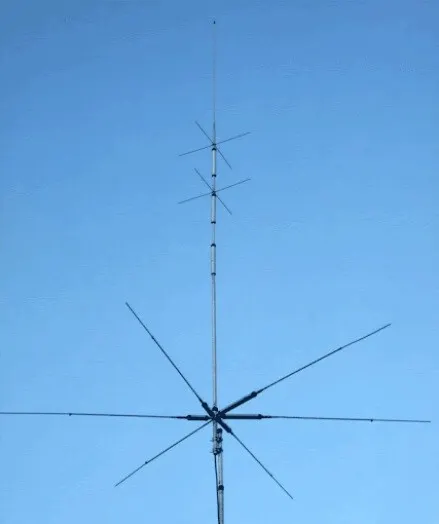 Photo 1. Diamond CP6S Vertical Antenna
Photo 1. Diamond CP6S Vertical Antenna
 Photo 2. 1st vertical Trap (Lower Trap of 3 verticals)
Photo 2. 1st vertical Trap (Lower Trap of 3 verticals)
 Photo 3. Trap Opened.
Photo 3. Trap Opened.
 Photo 4. Close-up of broken trap
Photo 4. Close-up of broken trap
 Photo 5. Trap with rivet drilled out.
Photo 5. Trap with rivet drilled out.
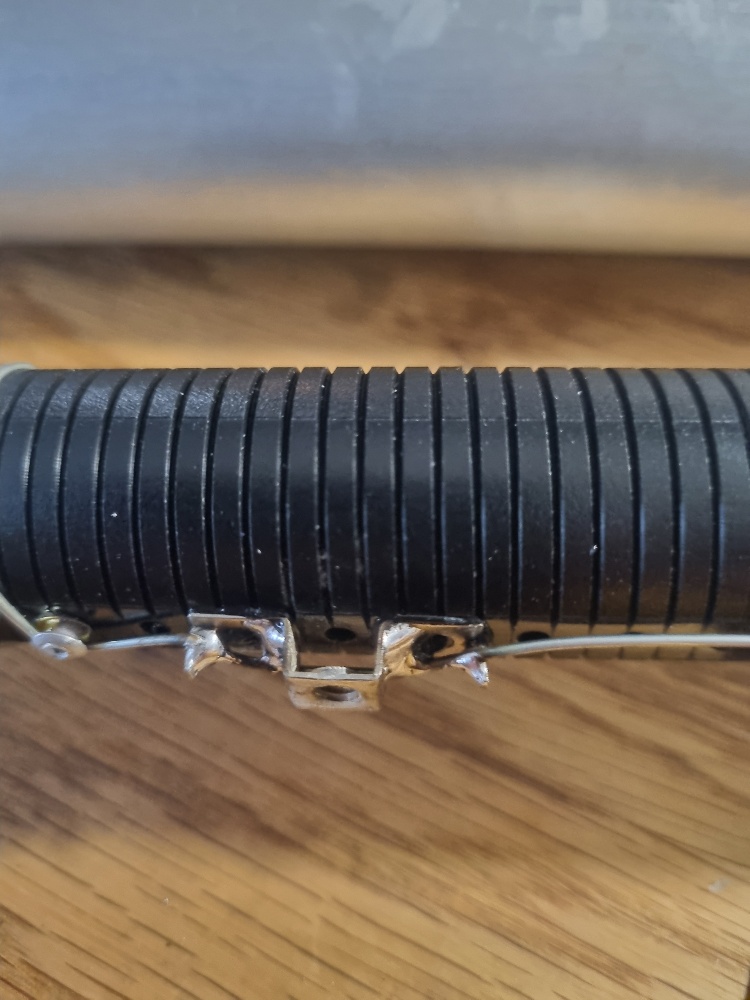 Photo 6. Capacitance nut, side view (Soldered)
Photo 6. Capacitance nut, side view (Soldered)
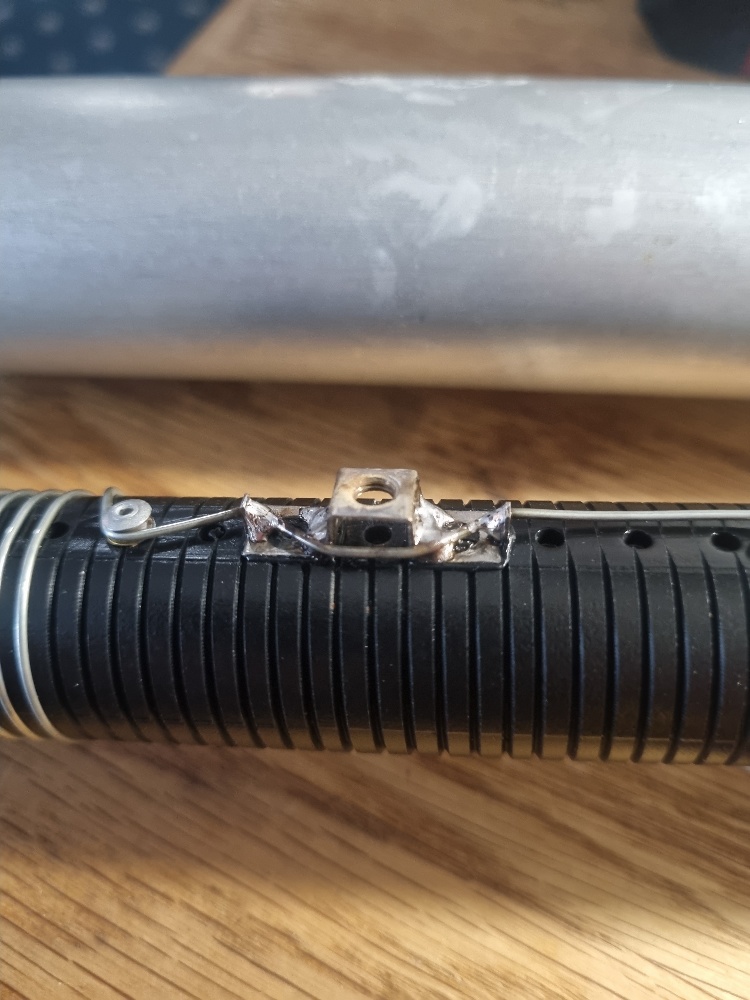 Photo 7. Capacitance nut, other angle
Photo 7. Capacitance nut, other angle
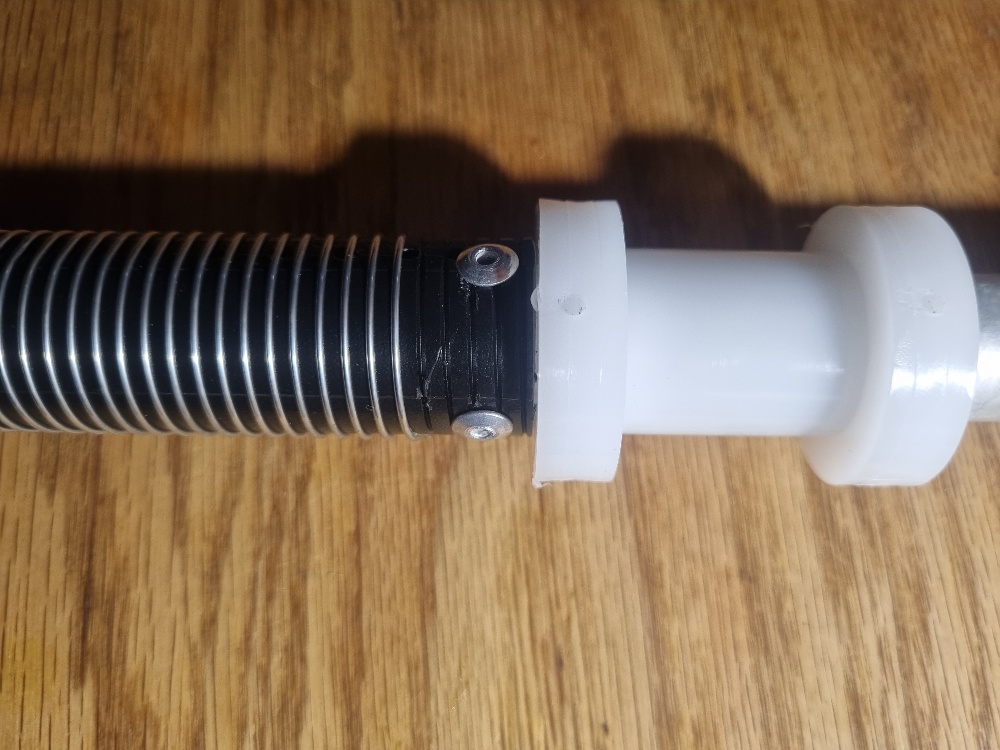 Photo 8. Extra rivets added.
Photo 8. Extra rivets added.
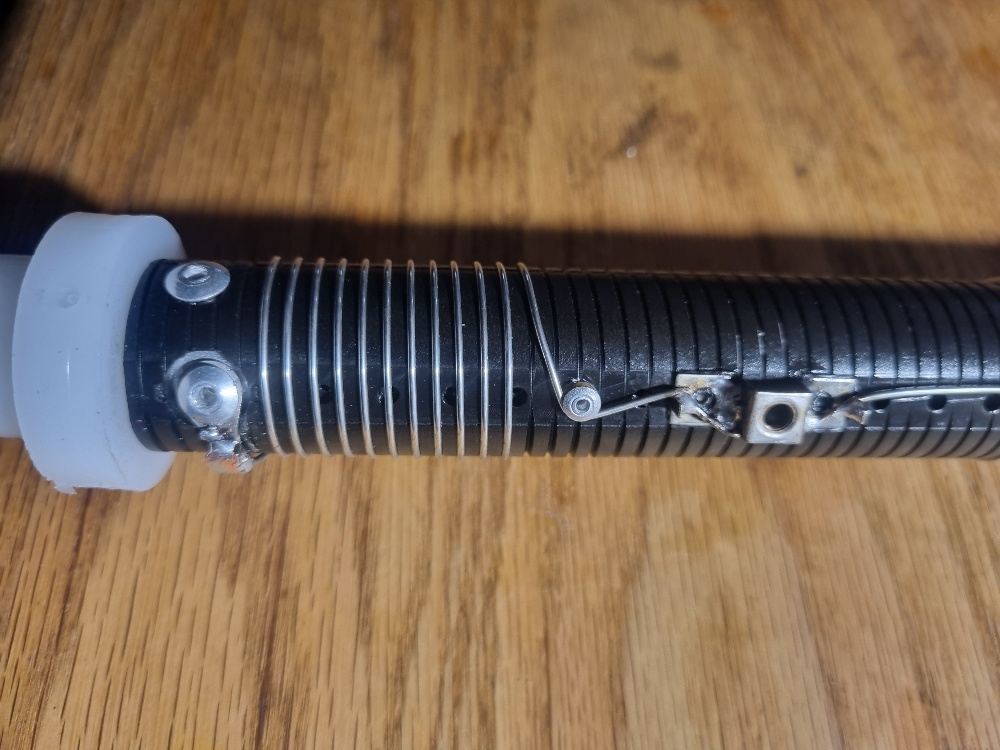 Photo 9. Trap repaired with riveted lug.
Photo 9. Trap repaired with riveted lug.
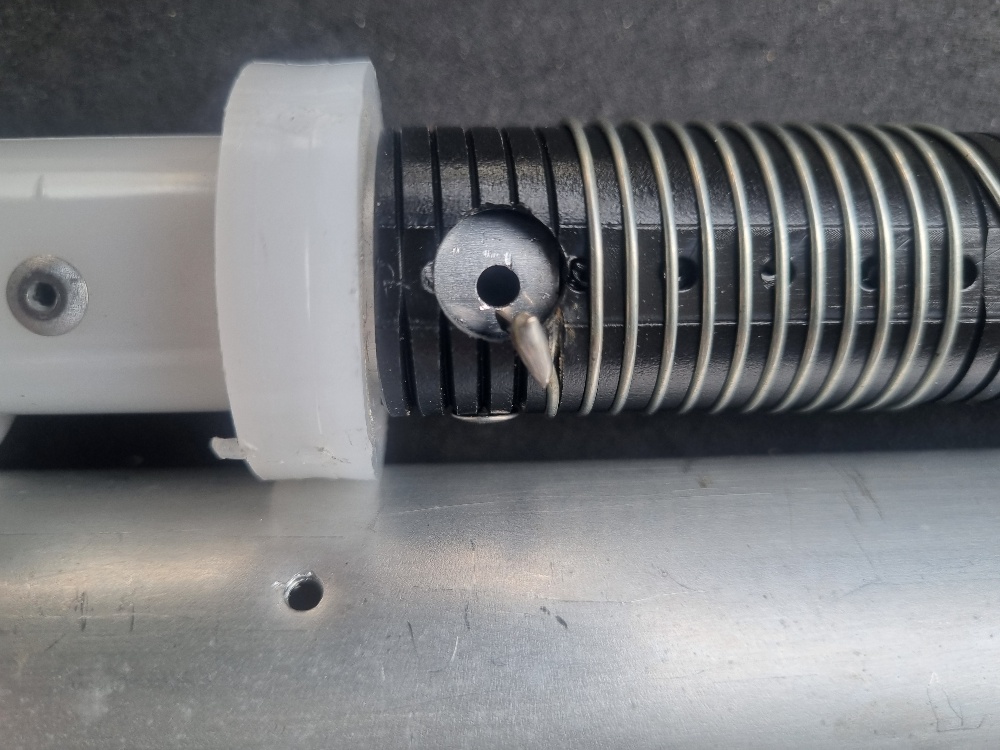 Photo 10. Close-up of drilled out rivet.
Photo 10. Close-up of drilled out rivet.
 Photo 11. Finished Trap all re-assembled.
Photo 11. Finished Trap all re-assembled.
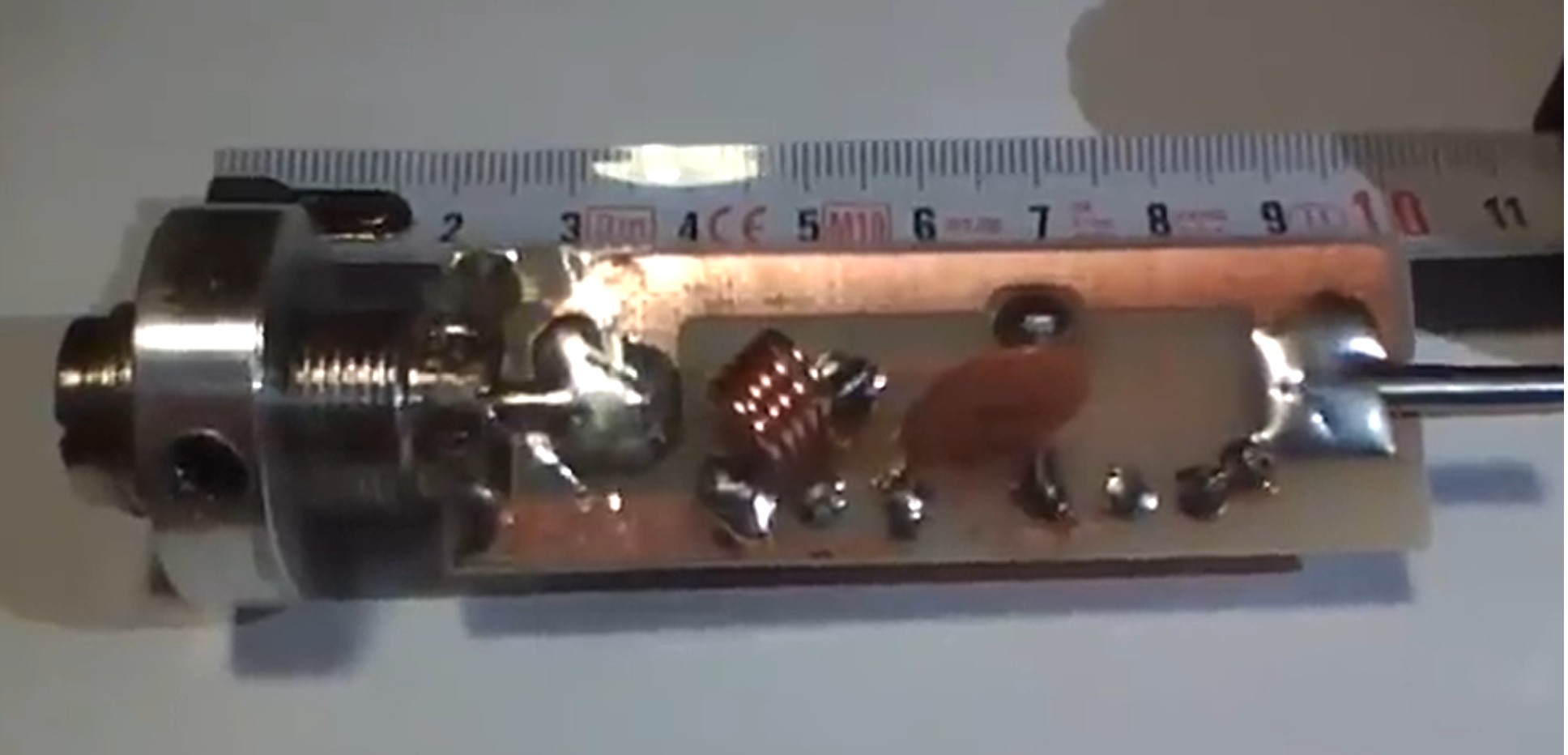 Photo 12.Showing the coax connection circuit board.
Photo 12.Showing the coax connection circuit board.
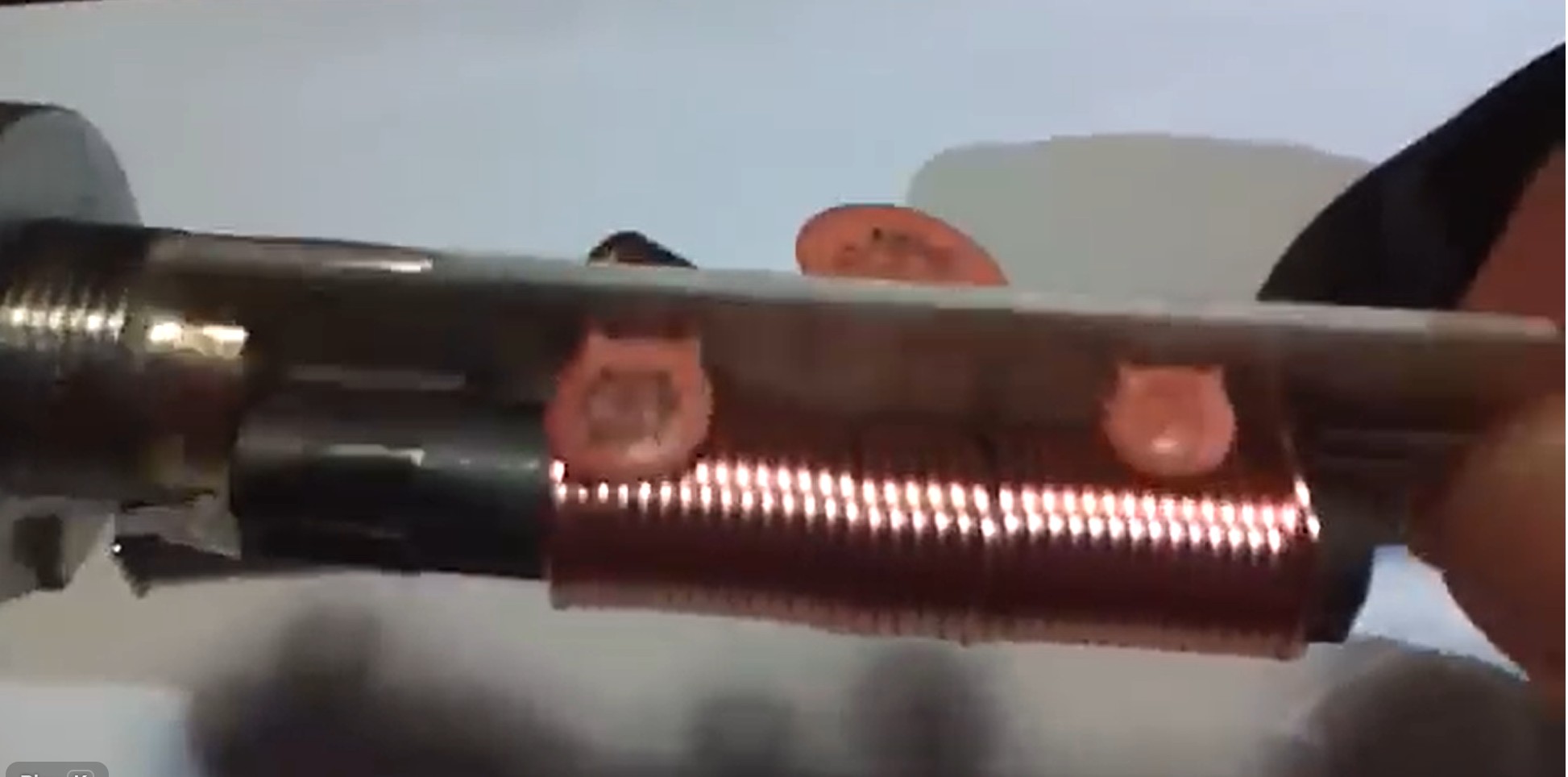 Photo 13.other side showing ferrite rod coil.
Photo 13.other side showing ferrite rod coil.
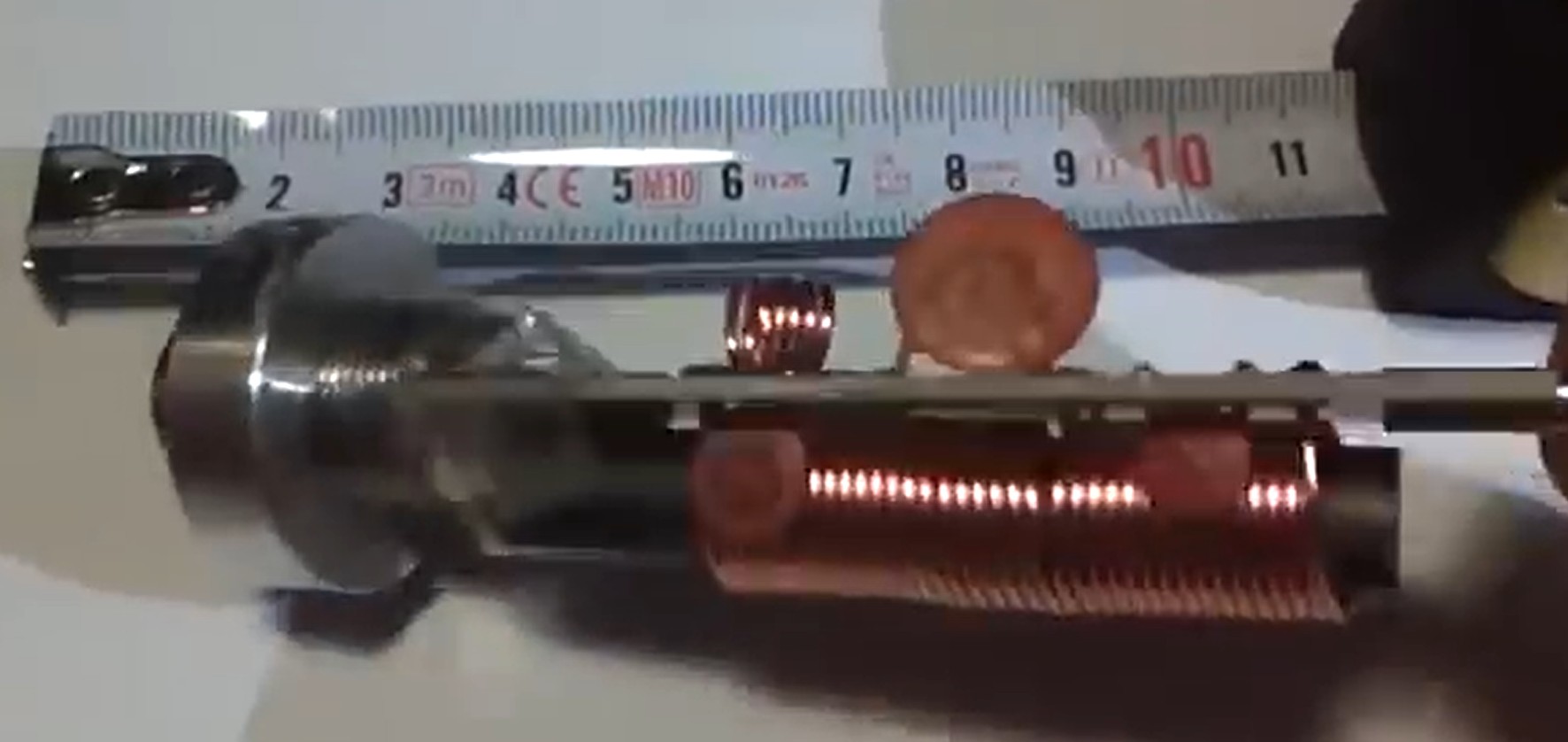 Photo 14.Side view of connection board.
Photo 14.Side view of connection board.
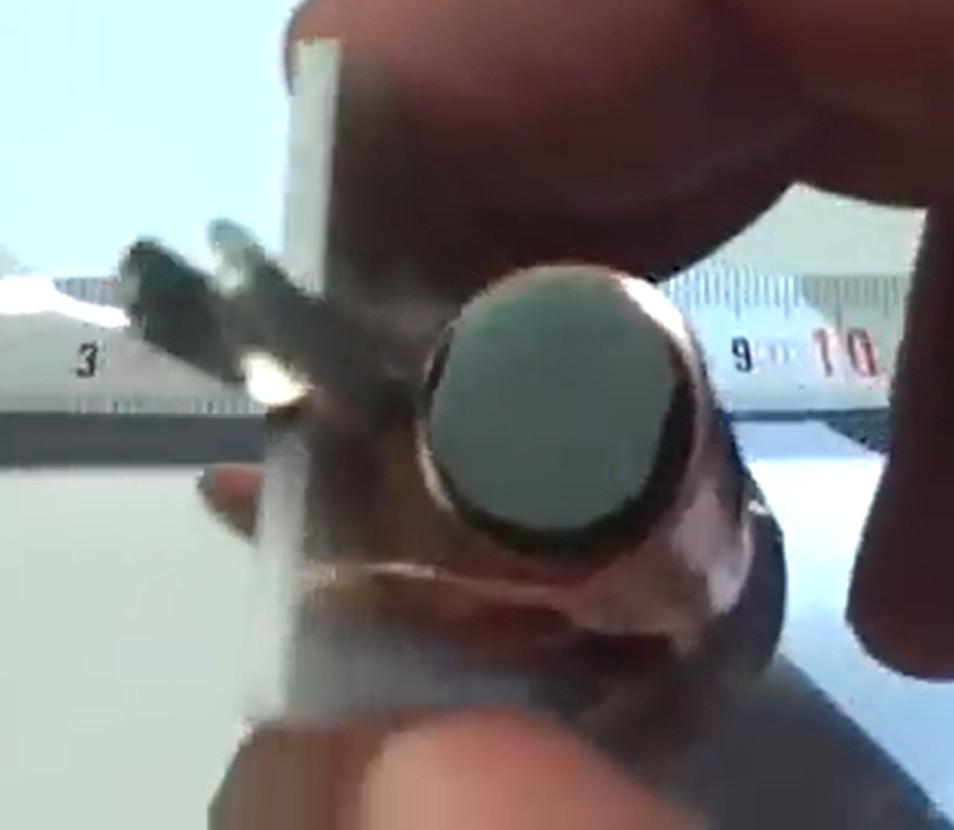 Photo 15.Showing the slot on the pin end.
Photo 15.Showing the slot on the pin end.